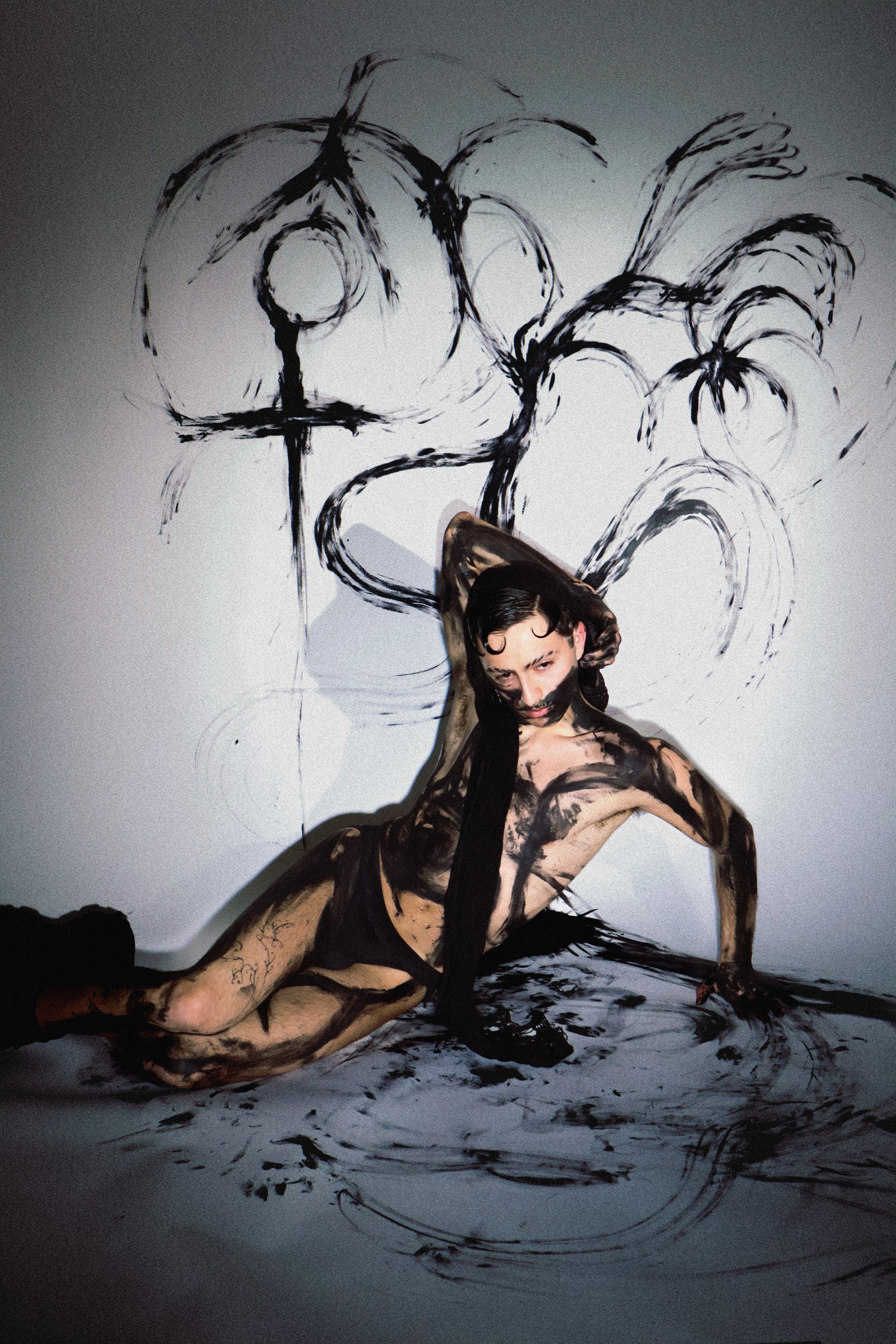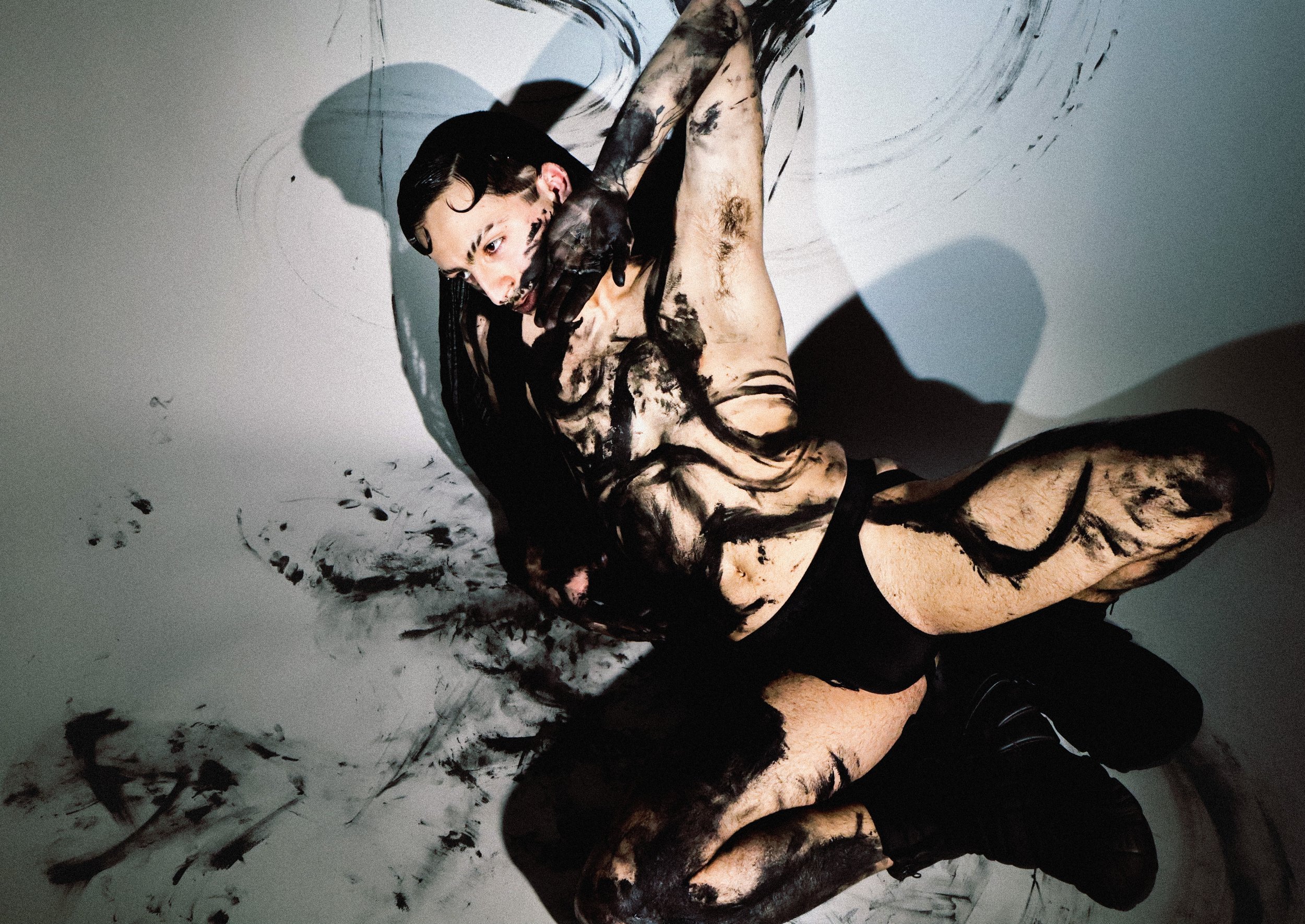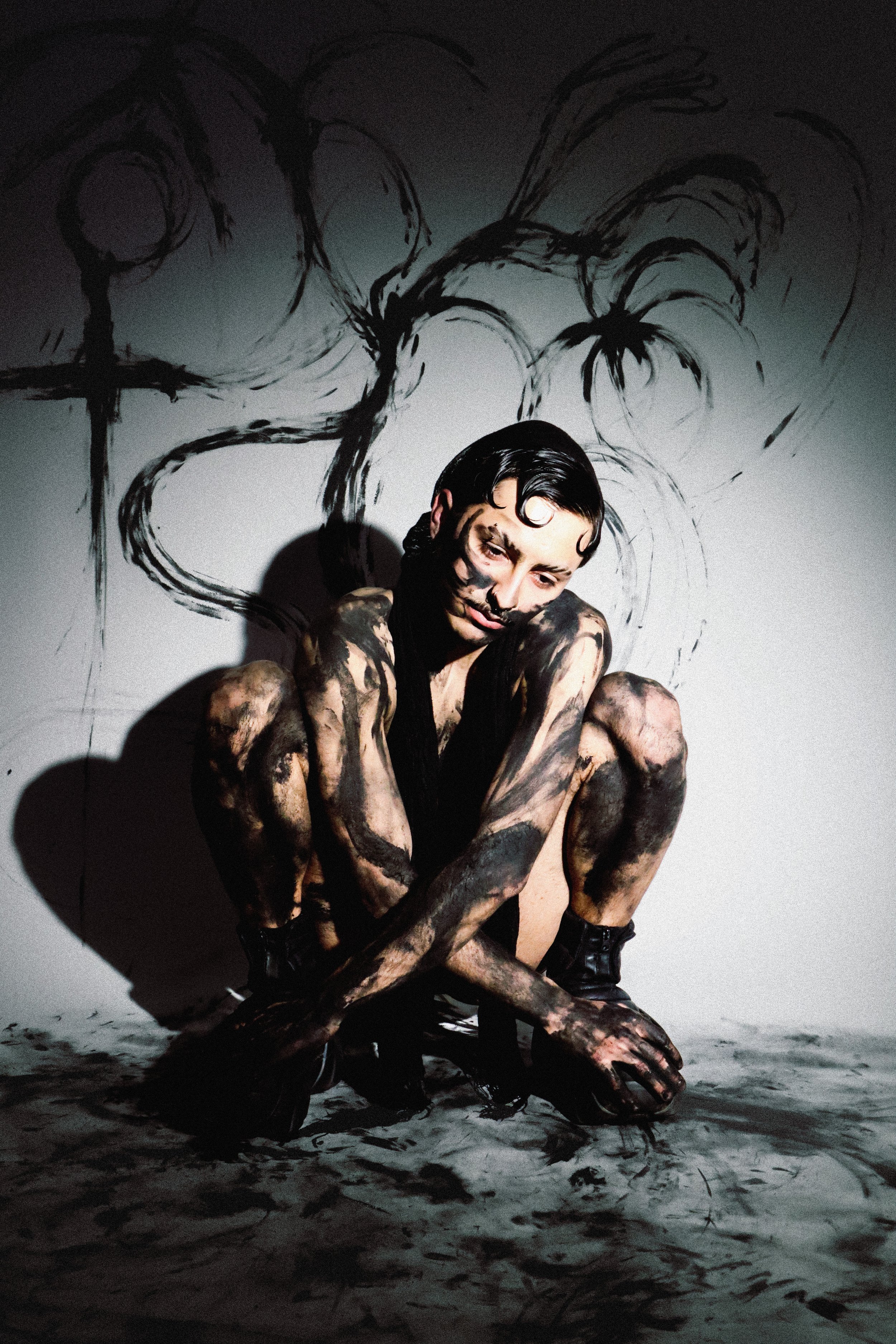


HOW THE INTERNET HAS HELPED BRING LIFE BACK TO THE ANCIENT ART OF TATTOOS
Meet Dario, one of the many self-taught queer artists bypassing tradition and forging a career on Instagram.
Practised in different ways across countless cultures and countries dating back as far as 5000 BCE, it is undeniable that the history of tat- toos is an incredibly colourful one. Often theorised to be one of the oldest recorded art forms in the world, the impact of tattooing must be great to have remained a largely unchanged process across thou- sands of years. Throughout various different religions and cultures, tattoos are said to bring various spiritual advantages from fertility and prosperity to strength and resilience.
In the modern Western world, however, while the popularity
of the art has continued to grow (statistics showing that now over
a quarter of the British public are tatted), its cultural and religious significance has been increasingly brushed aside, leading the practice further and further from its roots.
In April of this year, Vogue Philip- pines released a cover story featuring Apo Whang-Od, a 106-year-old woman who is one of the last remaining practitioners of one of the oldest styles of tattooing, hand-tapping, revealing the reality of the speed at which we are losing the most traditional forms of the art.
Despite their incredible cultural significance, until recently, in countries like the US and the UK, the practice has been, for many years, dominated by straight, white men – as evidenced by research from Columbia University in 2010, which found that a mere one in six tattoo artists were women. As a result, not only has the career been commonly viewed as unachievable and unapproachable to minority communities, but it has also lost much of its cultural meaning. Tattoo flash sheets in parlours across the UK are filled with monotonous and unremarkable designs like compasses, lions, or clocks that seemingly bring white men across the country together in comfortable mediocrity. In fact, some of the few interesting tattoos seen in this kind of parlour are appropriated from various different tribes and religions.
Thankfully, as a result of the popularity of platforms like Instagram, it is now possible to bypass the traditional pathways into the industry such as apprenticeships or placement within a studio. All you need is an internet connection and artistic know-how.
One of the many communities that have enjoyed this development is the queer community, where this Instagram-based relationship development between the artist and the client has been shown to be incredibly mutually beneficial.
Looking to get to the root of this, JEUJE spoke to multidisciplinary artist Dario DeLuca, who set up his Instagram-based tattoo business @rizomistudio just six months ago, about what makes this development so important within minority communities, and why it may be encouraging a return to the more spiritual side of the art form.
“I think the relationship between the client and the tattoo artist is essential to a result that satisfies both sides,” he explained, “for years, it was mainly a white, cis man-led industry... with this new wave of tattoo artists, the style of tattoos has expanded exponentially, bringing way more choices and opening the art of tattooing to more people around the world.”
Of course, this is an understandable conclusion – for many queer people in the UK, a feeling of an outsider status within mainstream society is not an uncommon one, and for a process as intimate, and often invasive as that of tattooing, it is not far-fetched that people would seek out artists that they can relate to – people whom they feel will make the process more enjoyable. The re-diversification of this industry, would therefore open up the art form to people who may never have considered it before.
Clearly, the social media boom has been equally effective for the artist as it has been for the client. For Dario, connecting with people on Instagram through a shared love for his style of art opens up the opportunity to work in unison with the client, and create something that both parties feel close to – an almost spiritual connection, realised through ink.
“I love creating my pieces based on the energy that the other person gives me so I can tattoo something that fully connects the art to the soul of the person... it’s for sure a form of self-expression that comes from my subconscious mind, and it’s deeply spiritual for me.”
Dario’s art is an incredible example of the great things that have come from this increased accessibility of the ancient art of tattooing.
But it is also important to recognise that the art form comes from and belongs to a myriad of cultures outside of the West, and it has been a long time coming that the UK’s tattoo culture began to reflect that.
Modelling and Art: Dario DeLuca @iamdariodeluca
Photography: Zain Ameen @z.ainameen
Video Production and Edits: Francesca Cantagalli @frebaky
Creative Direction & Production: Lily Davies @lilydavies12